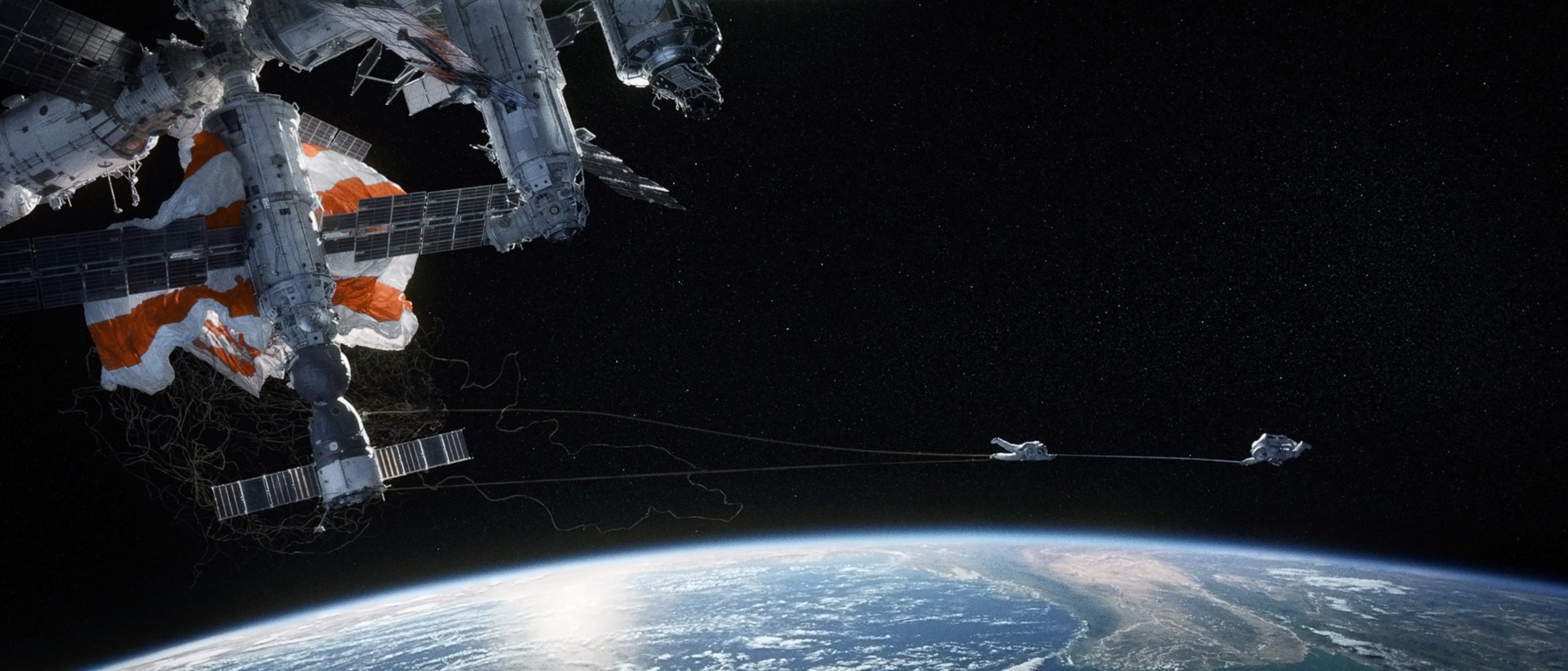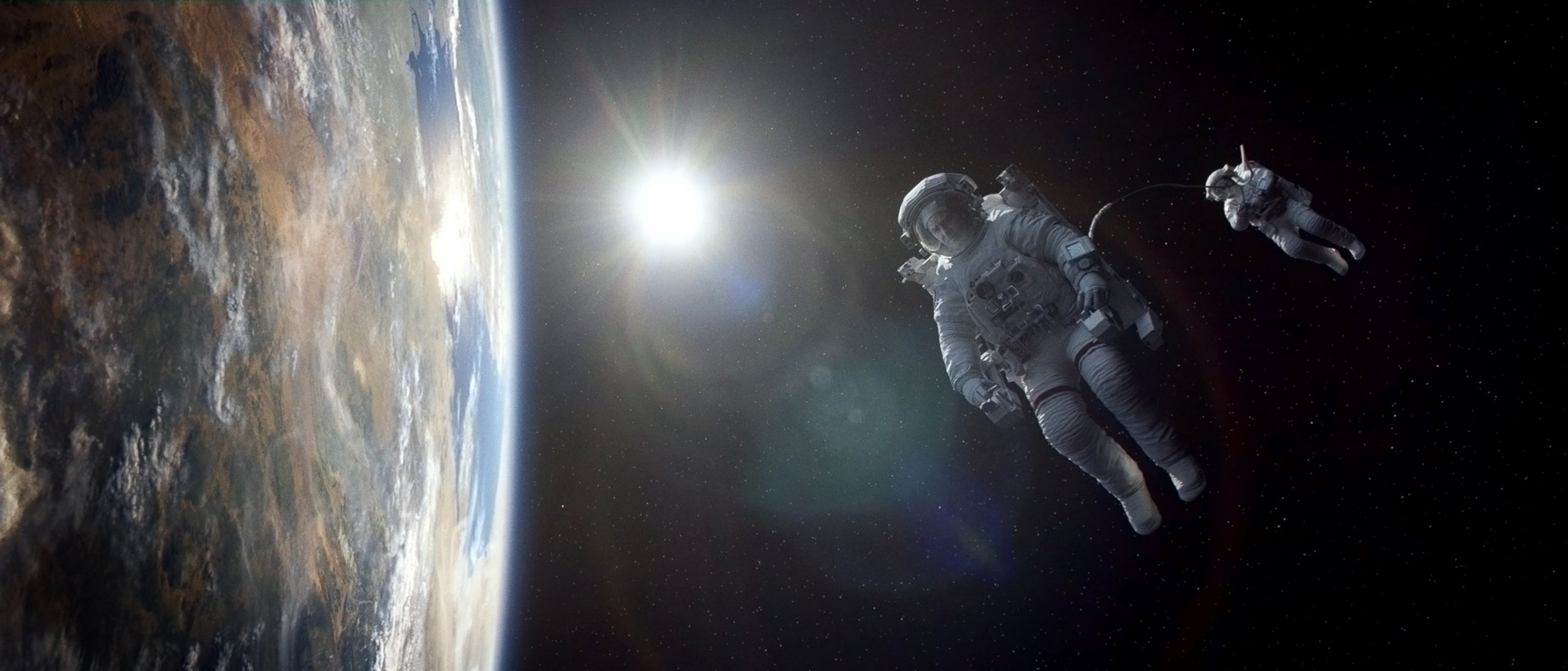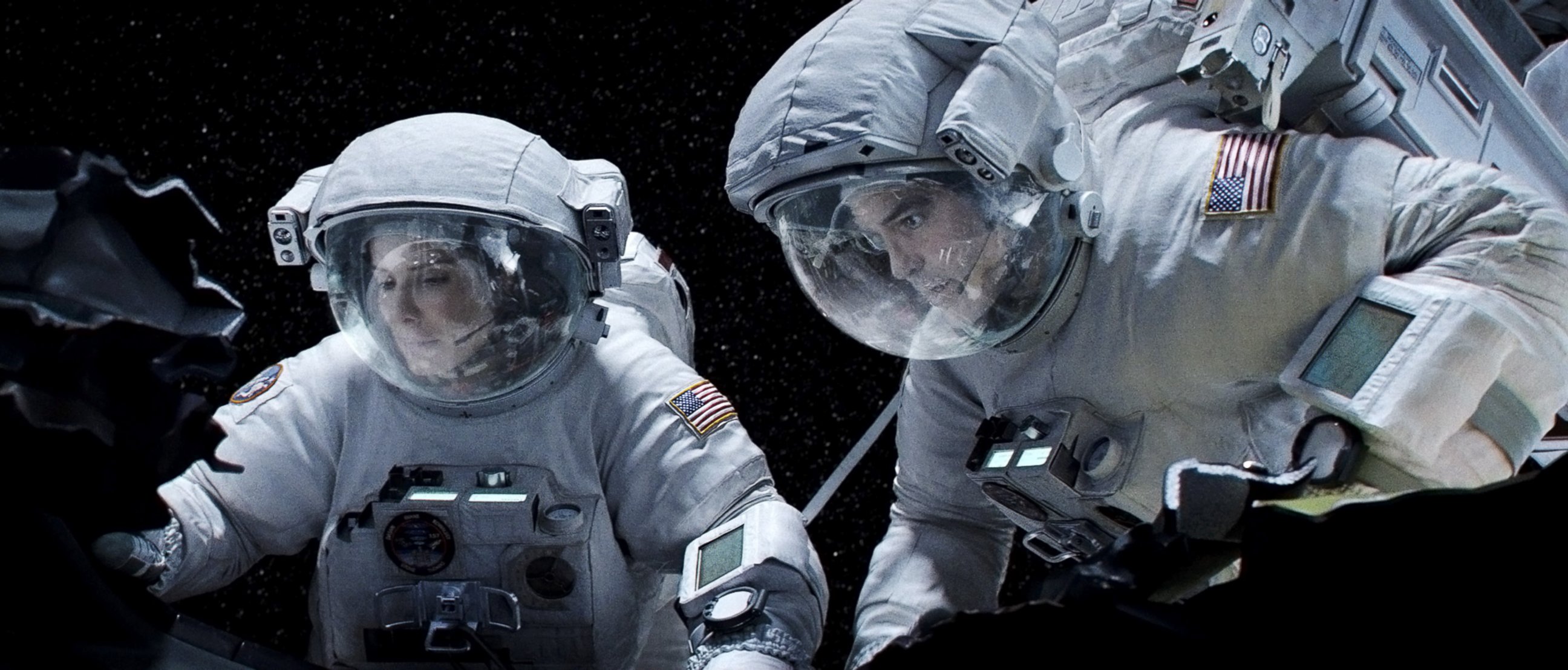Could 'Gravity' Really Happen? Astronauts, Physicists Weigh In
Fact-checking to see whether the science in "Gravity" holds up.
Oct. 7, 2013— -- "Gravity" has wowed audiences with stunning visual effects that present a world without, well, gravity, and astronauts and scientists are weighing in today about how realistic the space epic really is.
The movie, which stars Sandra Bullock as a medical doctor on her first trip to space under the tutelage of veteran astronaut George Clooney, pulled in some $55 million in its opening weekend.
Neil deGrasse Tyson, an astrophysicist at the American Museum of Natural History in New York, made his thoughts on the movie public Sunday in a Twitter rant in which he pointed out things the movie got wrong under that catchphrase "Mysteries of #Gravity."

Tyson conceded that the likelihood of space debris rocketing toward the International Space Station or a shuttle is a realistic threat, but, he said, it would be travelling the exact opposite direction it does in the film.
Dan Barry, a former NASA astronaut who went to space three times between 1996 and 2001, said that debris collision is a concern. In fact, astronauts have even had to deal with spacecraft colliding.
"The premise is a very significant one and has actually happened," Barry said.
"In fact, Mir space station was hit, and a collision occurred with a craft that was supposed to dock with it," Barry said. "It hit the base in such a way that there was a vat where air was flowing out. Fortunately it was a slow leak, and the crew had time to close the hatch and isolate the module, but eventually that module went totally into a vacuum."
In "Gravity," the pieces of the shuttle that break apart after being hit by debris do float off into space and, presumably, into a vacuum. But one or more actors may or may not go there, too (we're not going to spoil that for you, don't worry!).

As we see during the movie, astronauts that go on space walks are tethered to the shuttle or to one another by long thick cords that are clipped to their space suits, and sometimes chaos ensues when Clooney or Bullock become unclipped, free-floating out in space.
"It's never happened," Barry said of the possibility of an astronaut becoming untethered in space. "We're really careful, we watch each other, and I don't let go of one hand hold until I have another hand hold."
Still, in case any of the space explorers do become detached, Clooney has a solution strapped to his back. He fires up a jet pack and zooms through space to get the free-floaters, clipping them to him to drag them back toward the shuttle. That jet pack, Barry said, is completely real.

"If you come off [the tether], normally the shuttle can fly over and pick you up, but if you're at the Space Station, that is not a possibility. It's not maneuverable. So you wear a backpack with nitrogen jets and so if you fall off the station you activate it and fly yourself back to the station," Barry said.
The battery pack has only 13 minutes of life, and astronauts practice driving them dozens of times in virtual reality before they ever leave the ground, he said.
"When you fly off, it can be disorienting. You're tumbling and earth goes by, then the station goes by, then earth goes by, then station goes by," he said. "The trick is to be calm about the whole thing."
Barry, who left NASA in 2005 and builds robots now, said his time walking in space and working on the Space Station were "like a dream come true."